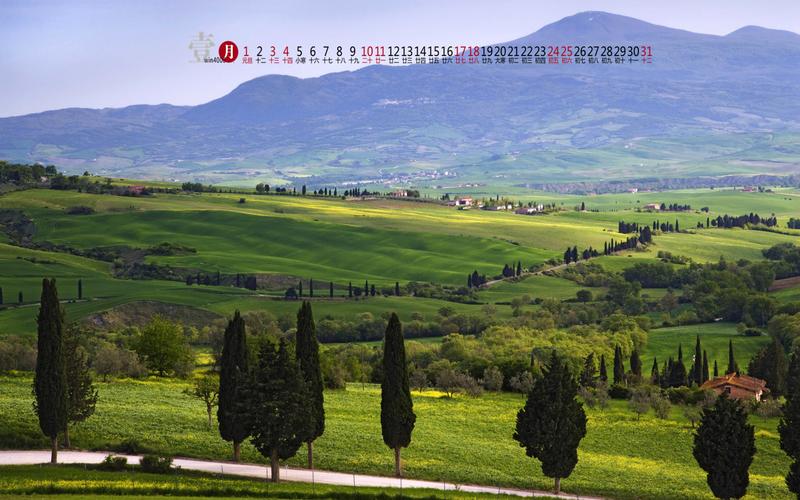Discover the Rich and Diverse Malta Culture: A Journey Through Its History, Traditions, and Heritage
Malta, an archipelago situated in the heart of the Mediterranean Sea, boasts a rich and diverse culture that has stood the test of time. With a history spanning over 7000 years, this tiny island nation has been shaped by its various conquerors, including the Phoenicians, Romans, Arabs, Knights of St John, the French and the British.
A Brief History of Malta
Malta’s history is long and fascinating. The archipelago’s strategic location between Europe, Africa, and the Middle East has made it an important center for trade, diplomacy, and military conquests throughout the ages. Prehistoric temples, Roman catacombs, and medieval fortresses are just some of the many reminders of Malta’s rich past.
The Romans gave Malta its first name, Melita, meaning ‘sweet honey’ due to the abundance of honey that was produced on the islands. During the Middle Ages, the Order of St John of Jerusalem, also known as the Knights of Malta, settled on the island and built a formidable network of fortifications that still stand today. The British ruled Malta from 1800 to 1964, leaving behind an array of cultural influences and landmarks, such as the Red Telephone Box, the famous Maltese balconies, and the Valletta skyline.
Traditions and Customs: An Insight into Maltese Life
Maltese traditions and customs are as numerous as they are diverse. One of the most significant annual events is the feast of St John’s, which celebrates the patron saint of the Maltese islands. Processions, fireworks, and street parties are held throughout the archipelago in honor of St John. Another popular feast is the carnival, held in February before the start of Lent and characterized by colorful costumes and street parades.
The Maltese are renowned for their hospitality and warm nature. Visitors to the island are often surprised by the level of care and attention they receive, whether it be in a tourist resort or local village. Family is at the heart of Maltese culture, with extended families often living together and looking out for one another.
Heritage Sites: An Exploration of Malta’s Architectural Treasures
Malta has a wealth of heritage sites that reflect its diverse history and culture. The Megalithic Temples of Malta, a UNESCO World Heritage site, are among the oldest free-standing structures in the world and offer a glimpse into the Neolithic period. The fortified city of Valletta, built by the Knights of St John, is a stunning example of Baroque architecture and boasts a host of museums, churches, and monuments.
Other notable heritage sites include the Three Cities, a trio of fortified towns across the Grand Harbor, the ancient capital city of Mdina, and the Hal Saflieni Hypogeum, an underground complex of burial chambers dating back to 4000 BC.
Conclusion: Malta’s Culture, History and Traditions
Malta’s rich and diverse culture is a tapestry of influences from its many conquerors and settlers throughout the ages. From the Megalithic Temples to the Baroque architecture of Valletta, Malta’s heritage sites offer an insight into the island’s fascinating past. The Maltese’s warm nature, hospitality, and emphasis on family are an integral part of Maltese life and traditions, making Malta a unique and welcoming destination worth exploring.
(Note: Do you have knowledge or insights to share? Unlock new opportunities and expand your reach by joining our authors team. Click Registration to join us and share your expertise with our readers.)
Speech tips:
Please note that any statements involving politics will not be approved.
